If you’ve been on the internet, then you’ve probably come across some memes – whether you realized it or not. If you’re a millennial, or was born in the 21st century, then you’re probably very familiar with memes. Your main way of interacting with friends might take form in tagging each other on internet memes. Personally, I’ve discovered memes when I was in junior high (7th grade) through stumbling upon a rage comic site (can’t remember what site it is, though) and 9gag. Since then, this meme culture has come a very long way.
But what are memes, exactly?
I find it very hard to explain what memes are to people like… my parents. Part of the reason is that I don’t really understand it myself. In no way I’m an expert on memes. Once, I asked my boyfriend if he could rate me from 1-10 about how well-versed I am in the language of memes. He gave me a pathetic 4, while he gave himself and my sister a solid 7.
 Captured: My sister, laughing at memes like a maniac on her own
Captured: My sister, laughing at memes like a maniac on her own
According to Urban Dictionary:
Memes are popular quotes, images, and real people, which are copied, imitated, and spread all over the internet.
Notice how vague this definition is? It’s because memes can take the form of almost anything. A video can be a meme. Most commonly, memes would take the form of a popular picture mixed together with text. A person can even be a meme (e.g. “He’s such a meme.”)
Memes have probably been around for a really long time – but now it’s becoming so popular that it’s literally revolutionizing how people communicate with each other online. If you think about it, the impacts of memes are fascinating. UC Santa Barbara even offers a class on memes! (Ling 135 – Memes: When Language and Culture go Viral). Colleges like UC Berkeley, UCLA, Harvard, and Stanford have their own Facebook meme pages. Here are some of them, if you’re curious.
Memes are on every single platform: Facebook, Reddit, Instagram, Twitter, 9gag. It’s a universal culture. And what’s interesting is that this culture just formed on its own, and no matter where people are from, they can embrace it too.
Characteristics of Meme Culture
It’s probably very hard to put something as abstract and a (still) evolving concept such as memes into theory, but I want to explore this topic a little bit more, so I started thinking and noting down some characteristics that I’ve noticed about this culture. Maybe, if you’re just like my parents, you can find this post useful to help you understand more about this meme revolution.
Memes become viral very quickly, and become replaced very quickly too
Just like everything, there are trends within meme culture. Some types of memes can become really popular, and you would see it literally everywhere, and then it will die off.
For example, rage comics featuring characters like Derpina, Herp, and Derp were such a huge thing back then (when I first discovered memes), but right now everyone thinks it’s an ancient thing. Goodbye Derp, Herp, and Derpina.
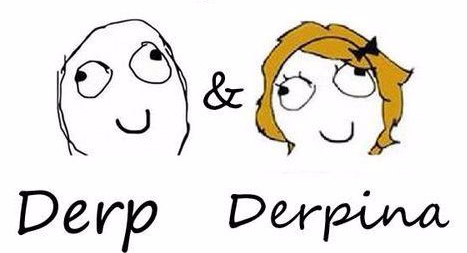
Here’s an example of a rage comic. (Cringe intensifies…)
As I’m writing this, a meme that I’ve come across recently is the Mocking Spongebob meme. I saw it first on the UCLA Memes for Sick AF Tweens (link) and I’ve seen it used in countless of different context. There are probably more recent ones that are becoming popular as I speak.
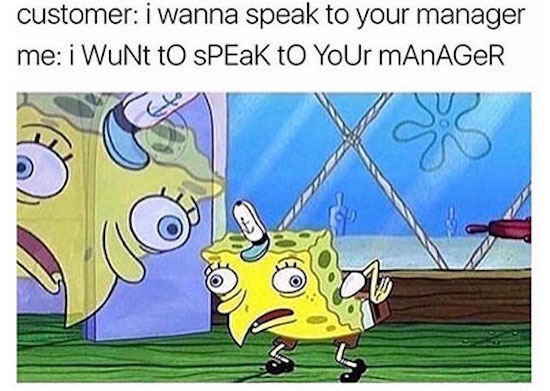
They’re somewhat exclusive from people outside of the meme culture
If I show a meme to my parents, they won’t get it. They don’t understand why it’s funny, or where the humor is. Sometimes I don’t even understand some of the new memes that are floating around. Most of the time, it’s also unexplainable. And once you try to explain it, it’s not funny anymore.
Memes are bizarre. Most of the time, there are no logical explanation as to why it’s funny. It just is.
This ties to my previous point. Memes are really weird and random. Sometimes I would find a new meme and I don’t even know why it’s funny. There’s no reason as to why it’s funny, or why it’s even a meme in the first place. But here’s the thing: repetition is key. You repeat something enough times, it starts to become funny. Like this one called the Expanding Brain meme.

It’s random, but once repeated enough times, this meme starts to have its own internal logic. Notice how the left column shows a more ridiculous, complicated way of saying the same thing, while the brain continues to expand, indicating a higher level of intelligence (ironically, of course).
I won’t try to explain it any further because it’ll just make the meme unfunny (also makes me sound cringy). If you look up this type of meme and look at each one, you’ll start to understand it, and once you understand it, you’ll start to find it funny.
Another example – a song that my sister and I knew from years ago: Fireflies by Owl City. Remember that song? Yep, it’s a meme now. My sister is particularly pissed about it because she loves that song. Why is it a meme? I don’t even know. Honestly, I didn’t even understand it at first… but now I laugh every time I hear it. The most common ones of the Fireflies meme are scenes from Spongebob, edited so that every time someone opens their mouth, the song would start playing VERY loudly that it would obliterate your speakers/earphones.
Curious? Watch the fireflies meme here.
The Windows startup sound is a meme. Shrek is a meme, along with the rest of its soundtrack. The Bee Movie is a meme. The kid’s TV show “Lazy Town” is a meme. Don’t ask me why.
Each meme has a unique history as to why it became a meme
Although memes are generally really bizarre, each meme has its own name and a “history.” There’s a site dedicated to educate us on the name and origins of each meme – along with some examples: Know Your Meme. This is where you need to go when you are totally at loss when dealing with new memes.
Warning: the reason might be super trivial or doesn’t even make sense.
Memes are relatable and versatile
College meme pages are popular because they allow the students of one university to post relatable content that most students can resonate with. Usually, the most popular memes are ones that are relatable and funny. Sometimes, they allow students to use inside jokes – for example:

Source: UCLA Memes for Sick AF Tweens
At the same time, memes are also versatile – I’m not talking about specific original memes, but the “type” of the meme. For example, the Mocking Spongebob meme is popular because people can apply it to different contexts. It can be used to talk about relationships, political commentary, etc. An example is a personal favorite, the “Guess I’ll Die” meme. This particular image can be applied to so many different context – no food in the fridge? Your favorite TV show has ended? Ran out of money for the week?

Meme culture has its own language, vocabulary, and type of humor
People who are well versed in the meme language understands the same type of humor – often sarcastic, ironic, and sometimes even dark. In my experience, I often see people getting along well because they both are deep in the world of memes and they basically… speak the same language.
What can we do with memes?
They are viral. They are powerful. They are funny and memorable (for a while, at least). What can we do with them?
I’ve seen some companies tried to harness the power of memes in their advertising. For example, Blueprint’s advertisement are all over the UCLA campus last spring and they feature some memes that I’ve seen. But here’s the thing: people hate it. They think it’s cringy. It’s not funny when memes are being used for commercial purposes, because most of the time memes are satirical and sarcastic.
But there are certain times where memes do help certain products. When I first discovered memes, people glorified Nutella.
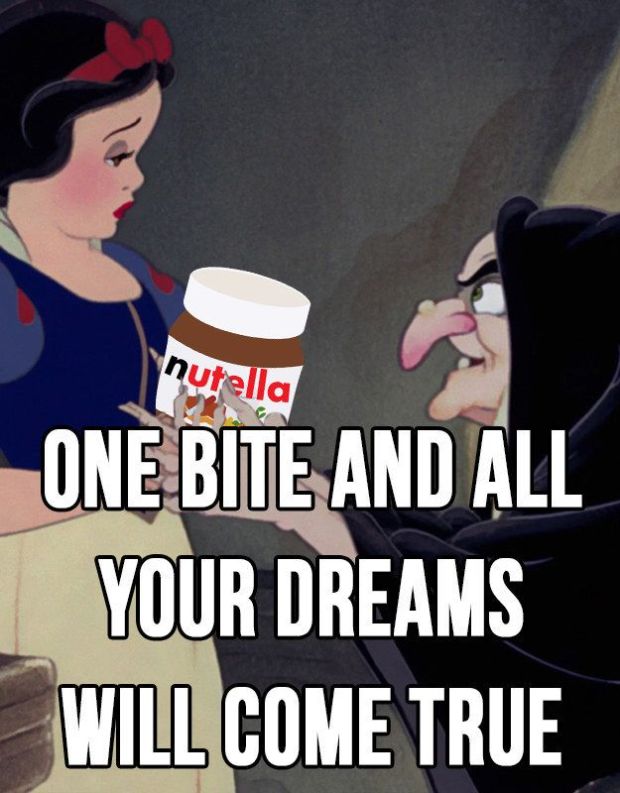
The company did not do this. People did. Is it cringy? Maybe, to some people. But what about people who have never heard of Nutella before? It’s definitely interesting – if I’ve never had Nutella before, I would love to try the product because it’s been viral for so long. Also, meme trends are the result of many people creating original content about the same topic over and over again, so it’s hard to believe that Nutella as the company was behind the whole trend. And you tend to believe other people’s references to a product rather than the company’s own advertisements.
So… what can we do? Is it possible to advertise, subtly, using memes? Or is the nature of meme culture simply doesn’t allow that to happen? Should you aim to create some marketing gimmick that might become viral, to get picked up by the internet and get turned into a meme? If your product becomes a meme, is it a positive or a negative thing?
I don’t know. Maybe companies should stay away from memes. Maybe memes would lose their value they’ve been corrupted by the efforts of commercialization. But meme culture is definitely an interesting phenomenon to think about.
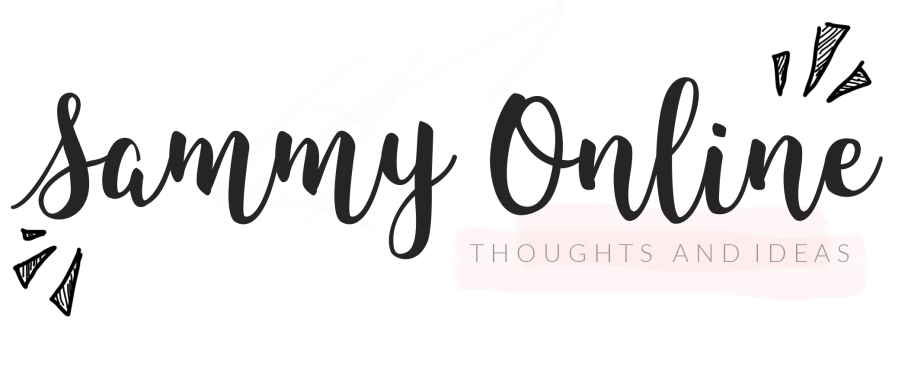

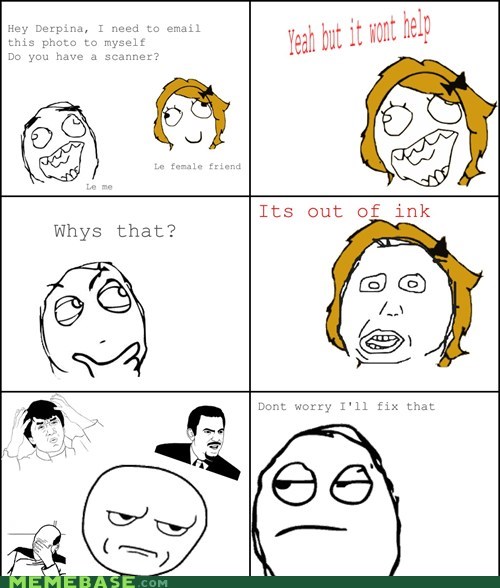
nice one,sammy
LikeLike